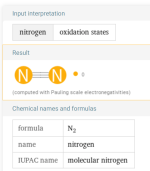Maintain the total chlorine at about 10% of the CYA reading and do an OCLT to verify that the chlorine level is adequate.
If you do not pass the OCLT, increase the total chlorine to 15% of the CYA and do another OCLT.
If you do not pass the OCLT, increase the total chlorine to 15% of the CYA and do another OCLT.












